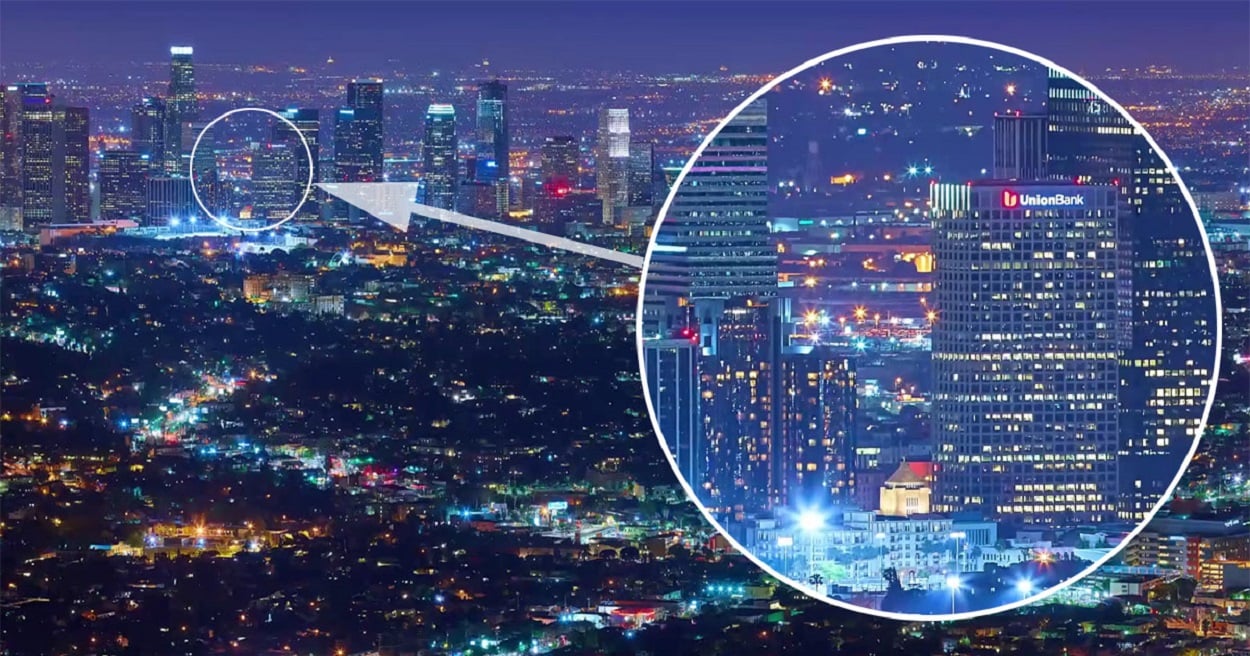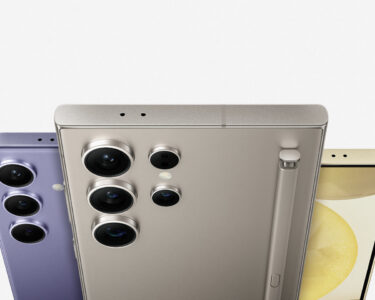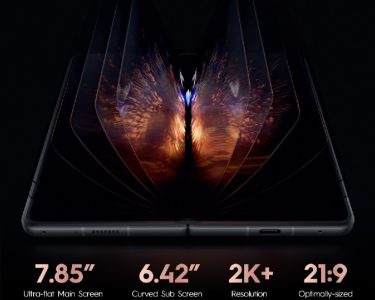We saw a 40MP camera make its way into the market last year, and this was the first time we saw anything of sorts after the Nokia Lumia 1020 became the first ever phone to deliver a 41MP camera. This now seems to becoming a bit of a trend, as the likes of both Huawei and Xiaomi have gone on to offer phones with 48MP cameras.
But it looks like manufacturers are looking to pick it up a notch even further, as last month, an executive from Qualcomm stated that phones with 64MP and 100MP sensors too are on their way. As a matter of fact, the executive told the outlet that there will be a number of OEMs which will release phones with 64MP + 100MP cameras by the end of this year. However, the question then pegs – are phones with 100MP+ sensors a good idea?
For one, smartphone manufacturers would face a huge challenge of simply fitting all those pixels into a smartphone sensor. The solution to such aproblem will be to increase the size of the sensor in an attempt to accommodate all these pixels while still in the running to maintain pixel size – this obviously resulting in a massive camera bump. Another one of the solutions would be to dramatically deduct the very size of the pixels while relying on pixel-binning for low-light shots.
Must Read: New update for the Nokia 9 Pureview
Even if 100MP smartphones went on to adopt a much bigger sensor size and only go on to see a very slight reduction in the pixel size, we still would have results which would effectively be equivalent of a 25MP 1- or 1.2- micron pixel camera – this being way off from the 48MP phones. So at the end of the day, you’ve now got a huge and gigantic camera bump you would have to deal with.
Another issue that you would have to deal with is the storage one. Considering the fact that a typical 40MP shot on the Huawei flagship can vary from 7MB all the way up to 15MP – you will essentially be looking at every snap being double in the size : in excess of 30MB per snap.
Obviously the argument isn’t that 100MP snaps would be completely useless, as one of the key aspects of such a prospect is the fact that you could gain plenty of resolvable detail for zooming during the day. But then again : why the need for that when today’s smartphones go on to offer secondary cameras and even periscope zoom anyways? And so, unless sensor manufacturers find a way to distill 100MP of information into a good quality night shot, one would have to imagine that such an idea is not that bright.




